VIDEO ART FROM ROMANIA AND ETHIOPIA
Video selection SIMULTAN Festival archive (Romania)
TISSUE (Audi), Henna-Riika Halonen, Finland / 2022 / no dialogue, 00:30,
In this film, a series of long takes guide us from a fictional prosthetic factory inhabited by a nose, through the nostril, skin and tissue, and through the nervous system into the cell. The modified 3-D model of an animal cell becomes a strange world inhabited by different living and non-living organisms. Here, we see the body as a simultaneously self-contained and porous biological and technological multi-species organism and a site of conflict. The material tensions, actively confuse the natural with the synthetic and the biological with the technological.https://archive.simultan.org/works/tissue/
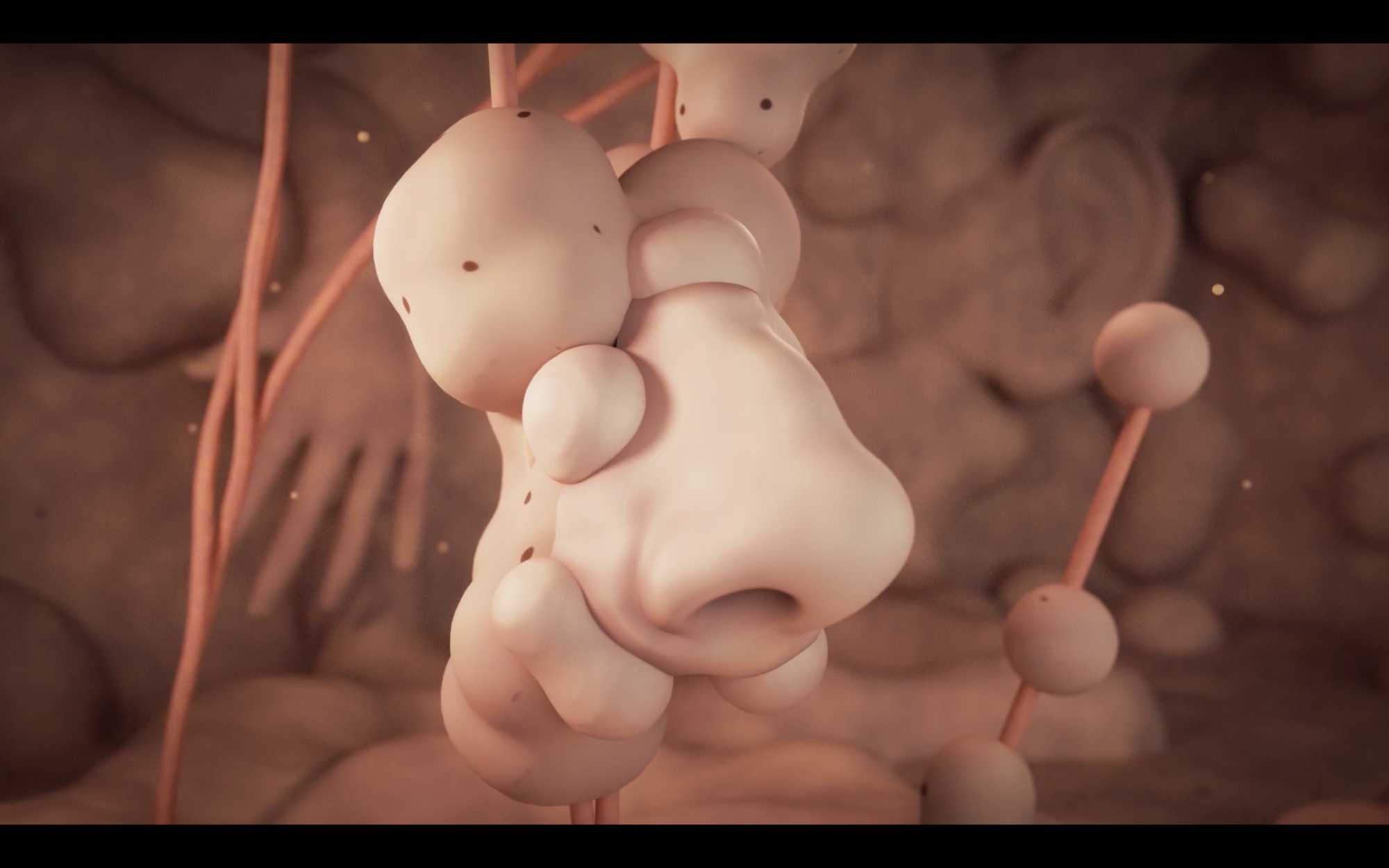
VIVA VOCE (Dzīvā balss), Taietzel Ticalos, Romania / 2022 / no dialogue, 08:00
Taking its title after the Latin expression viva voce (meaning ‘the living voice’), the 3D video continues in an alternative way the narration of the movies Blade Runner. This new version focuses on Rachael, the first Replicant set for reproductive labor. Though in the original story Rachael dies in childbirth, in viva voce her consciousness has been retrieved and saved on a hidden server. While the repeating pattern of enforced production of beings emerges, Rachael questions how her mechanical replication could be a future threat for the biological reproductive rights of women.https://archive.simultan.org/works/viva-voce/
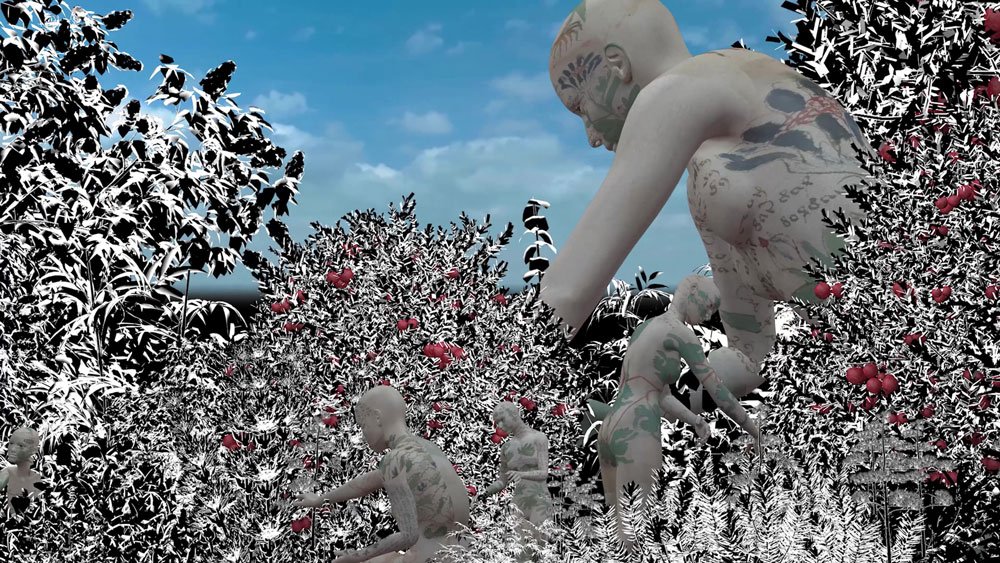
MULTI-TUDE (Daudzums), Fernando Moletta, Brasil / 2022 / ENG subtitles, 08:15
In this work, the chemical element hydrogen traces a path between the fields of thought of the film.https://archive.simultan.org/works/multi-tude/
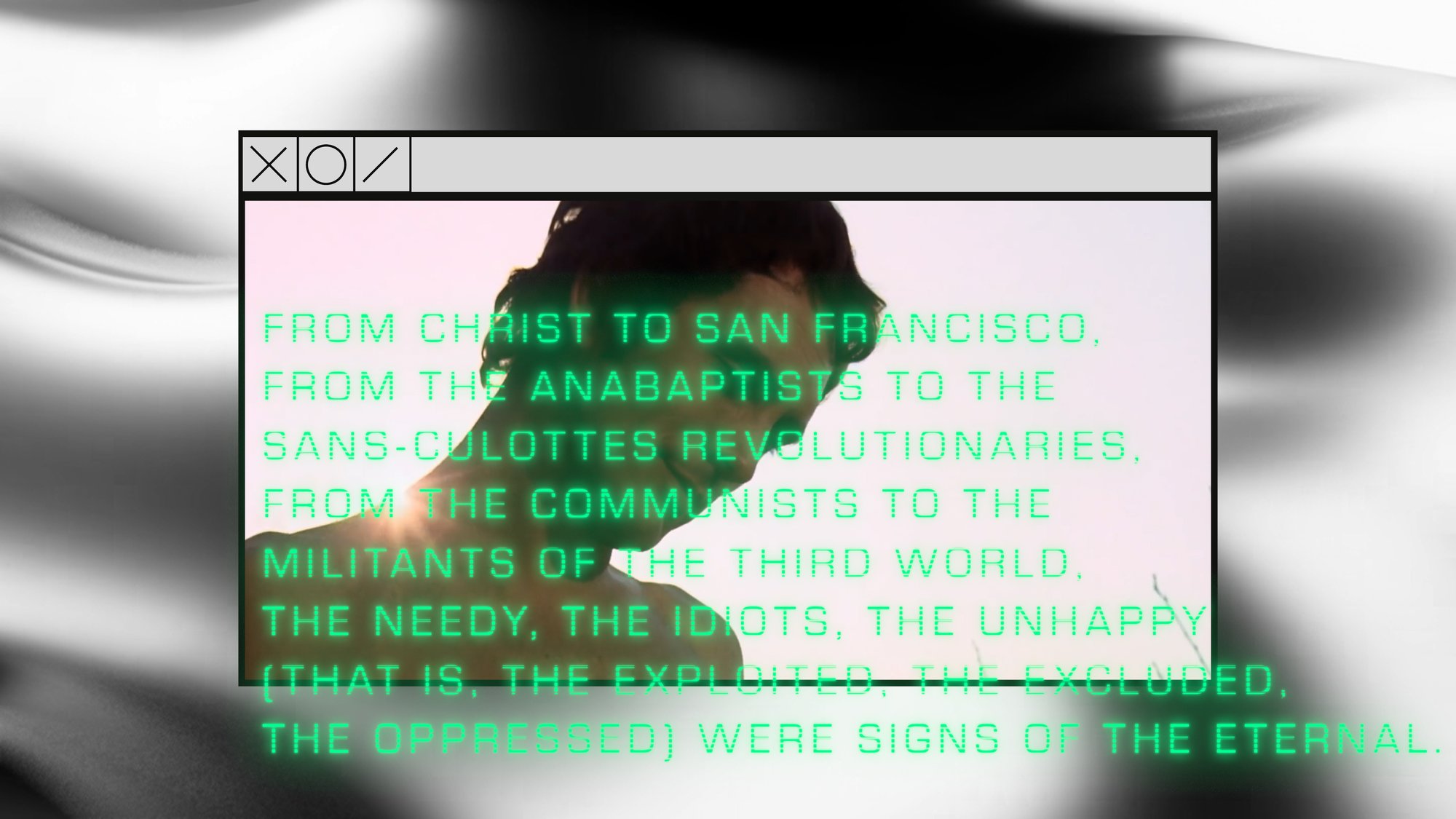
OVER HIS DEAD BODY (Tikai pār viņa līķi), Lo Yun Ting, Hong Kong / 2022 / ENG subtitles, 10:00
An obscure scene of the video game Sleeping Dog (2012) turns into a subtle reference of the current social and political mentality of Hong Kong.https://archive.simultan.org/works/over-his-dead-body/
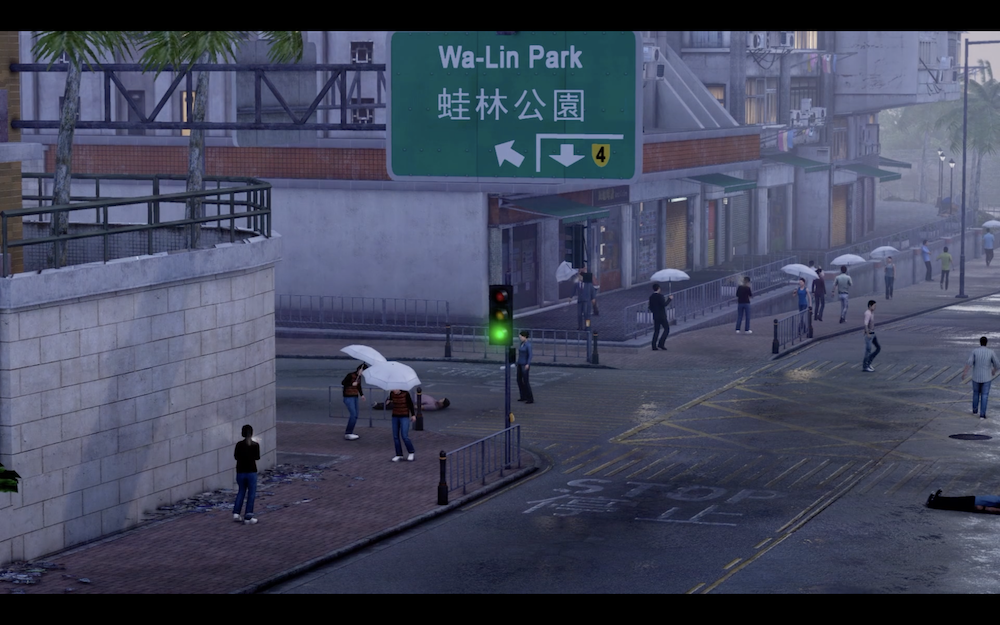
SEDIMENTS (Nogulumi), Marina Oprea, Romania / 2022 / ENG dialogue, 09:35
What begins as an exploratory documentary on the fascinating life of fossils, turns into a personal musing into the evolution of memory, as it is compared to the geological eras of our Earth. The exploration and decryption of the perceivable reality from the perspective of a personal and alternative archaeology is imagined as dystopian structures, dynamics, and scenarios generated by the overlaps of an I simultaneously generic and interior with an environment that it transforms, altering it. The film mingles various quotes from scientific research on fossils, philosophers and artists.https://archive.simultan.org/works/sediments/
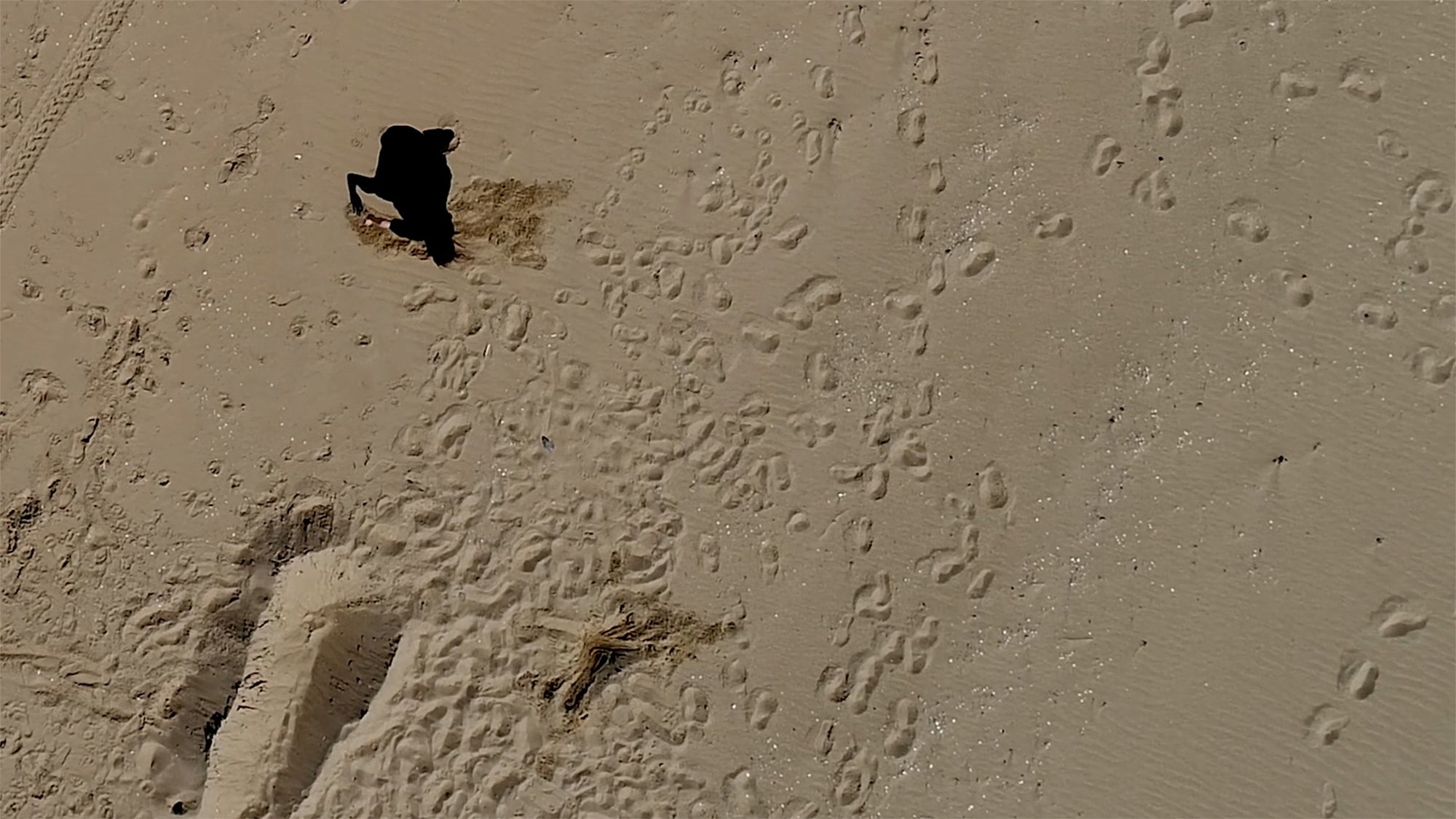
U$AAR V3.0 (Lietotājs v3.0), Sandra Araujo, Portugal / 2019 / no dialogue, 04:08
Social media platforms stealᵀᴴ analytics & algorithmic lifestyleᵀᴹ in gifs̸ loops or how data is shaping & twisting social / political events < memetic media coverage >https://archive.simultan.org/works/uaar-v30/
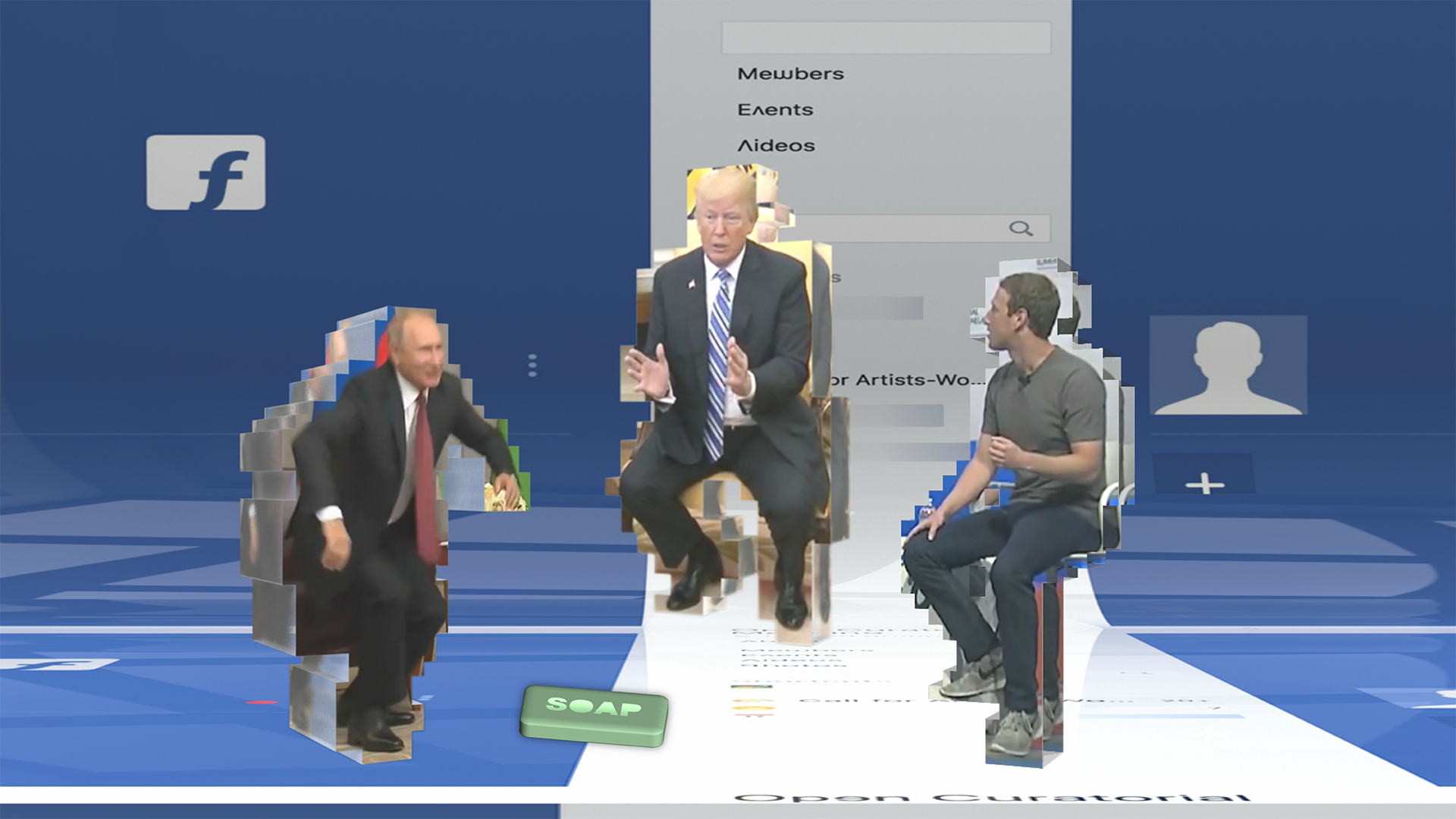
THE NODE (Laukumi), Marcin Nowicki, Poland / 2019 / ENG dialogue, 09:43
If we compare the architecture of a city to the peer-to-peer, a popular network of information exchange, or GANs (Generative Adversarial Networks) we can recognize the city’s largest squares as its primary junctions (Nodes). We are looking towards the future revolution of communication, where the next steps are the possibility to bring in new models of constellations. City nodes as models may well take on a more virtual, imagined presence, influencing the future shape of the urban landscape and the role of digital architecture itself.https://archive.simultan.org/works/the-node/
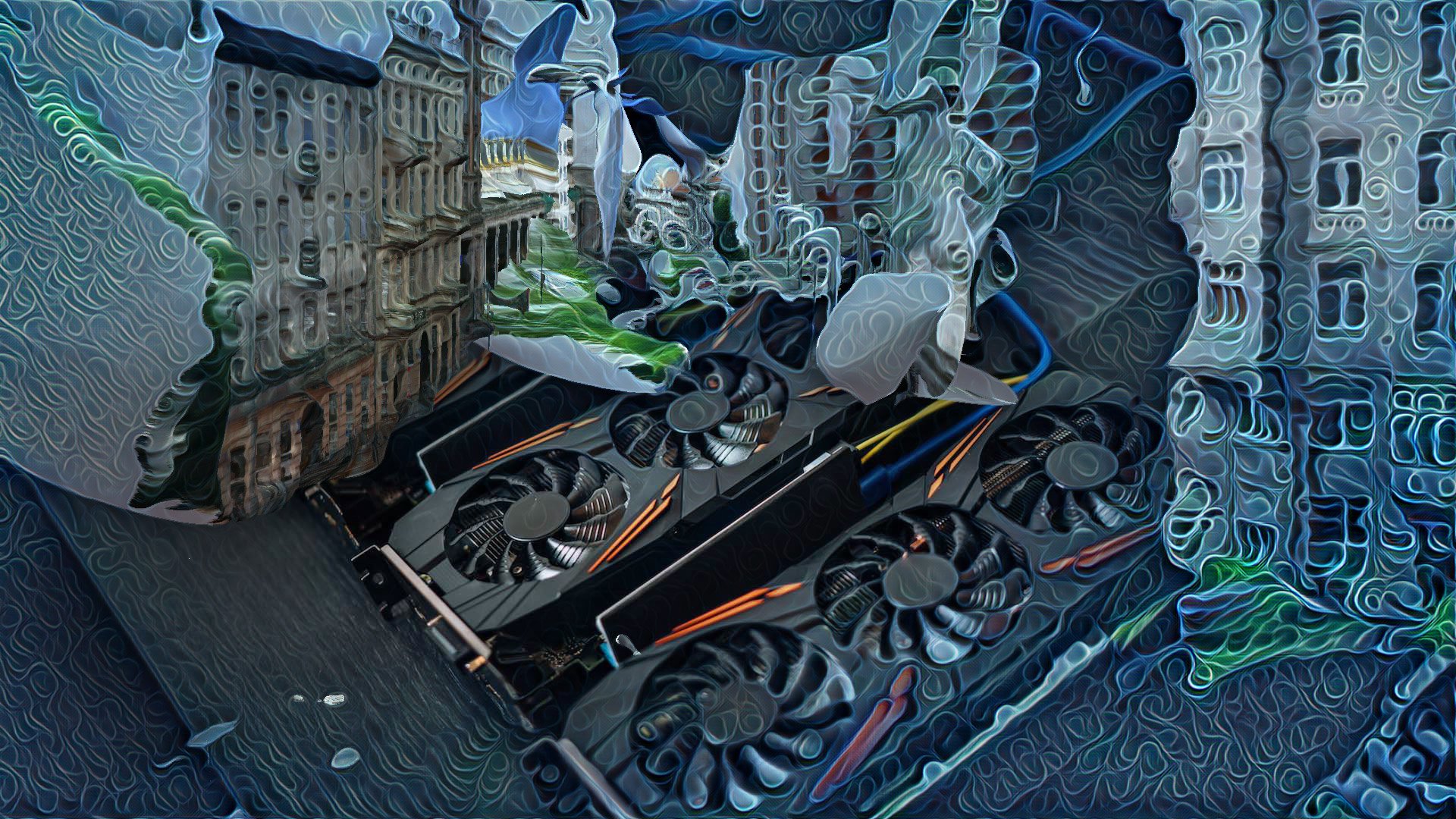
MEMORY OF MOVEMENTS (Kustību atmiņa), Vilmos Koter, Romania, / 2015 / no dialogue, 03:02
A documentary of walking around in circles that gradually grow in size. The traces of the movements became visible only for the viewers of the video.https://archive.simultan.org/works/memory-of-movements/
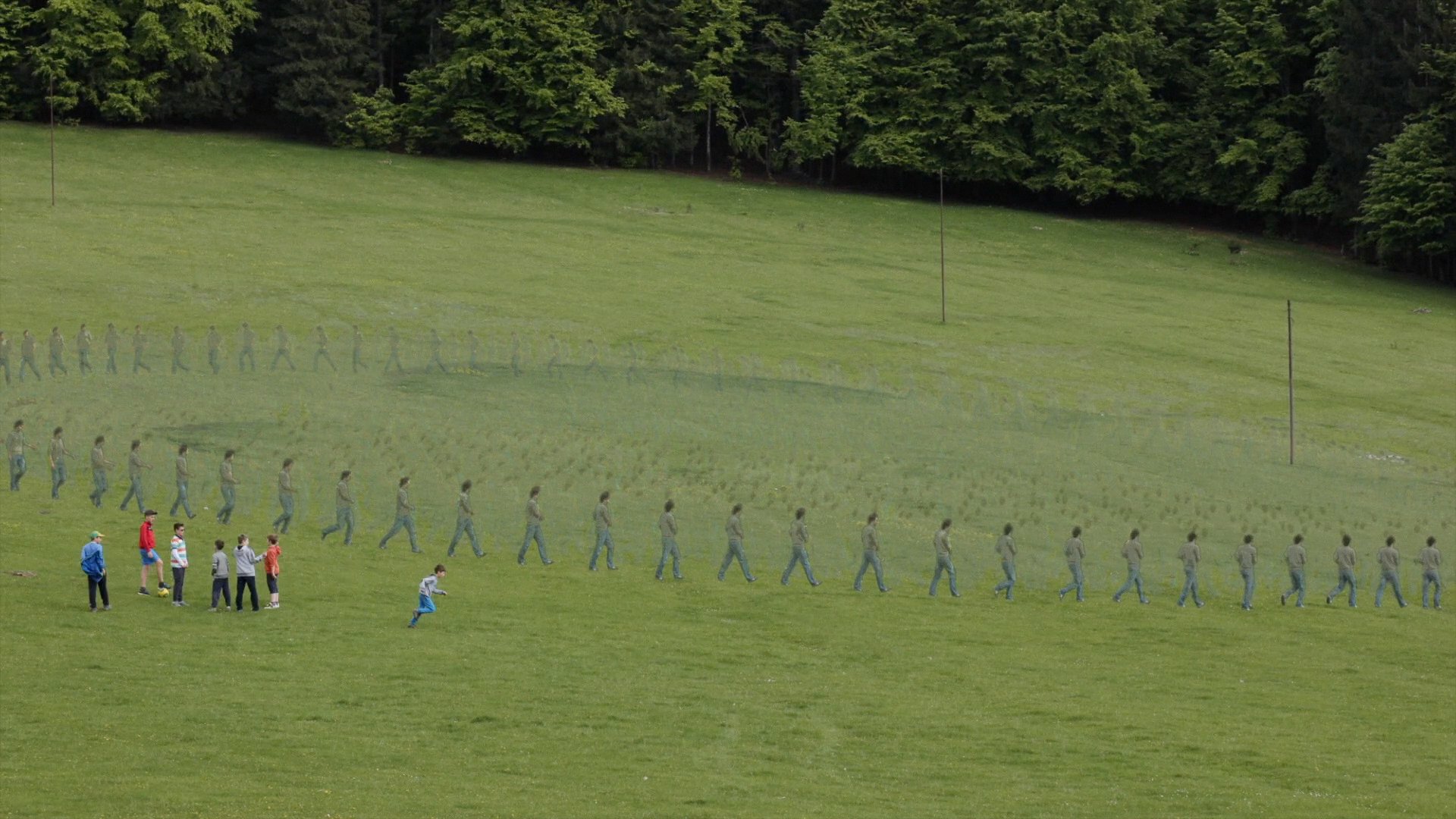
Video mākslas programma A P A R T TOGETHER no festivāla Addis Video Art Festival (Etiopija)
123-19 (123-19), Kiki Febriyanti, Indonesia / 2020/21 / 03:00
Kiki Febriyanti’s video (Indonesia, 2021) looks from within this new normal of routine brought on by the pandemic. Washing hands, wearing masks, checking body temperatures becomes a familiar rhythm.
NOW I CLOSE MY EYES THE WORLD I SEE IS SO BEAUTIFUL, April Lin, U.K / 2020 / 03:44
Along with everyday rituals and their metaphors, we see the ritual become a place for imaginative journeying.
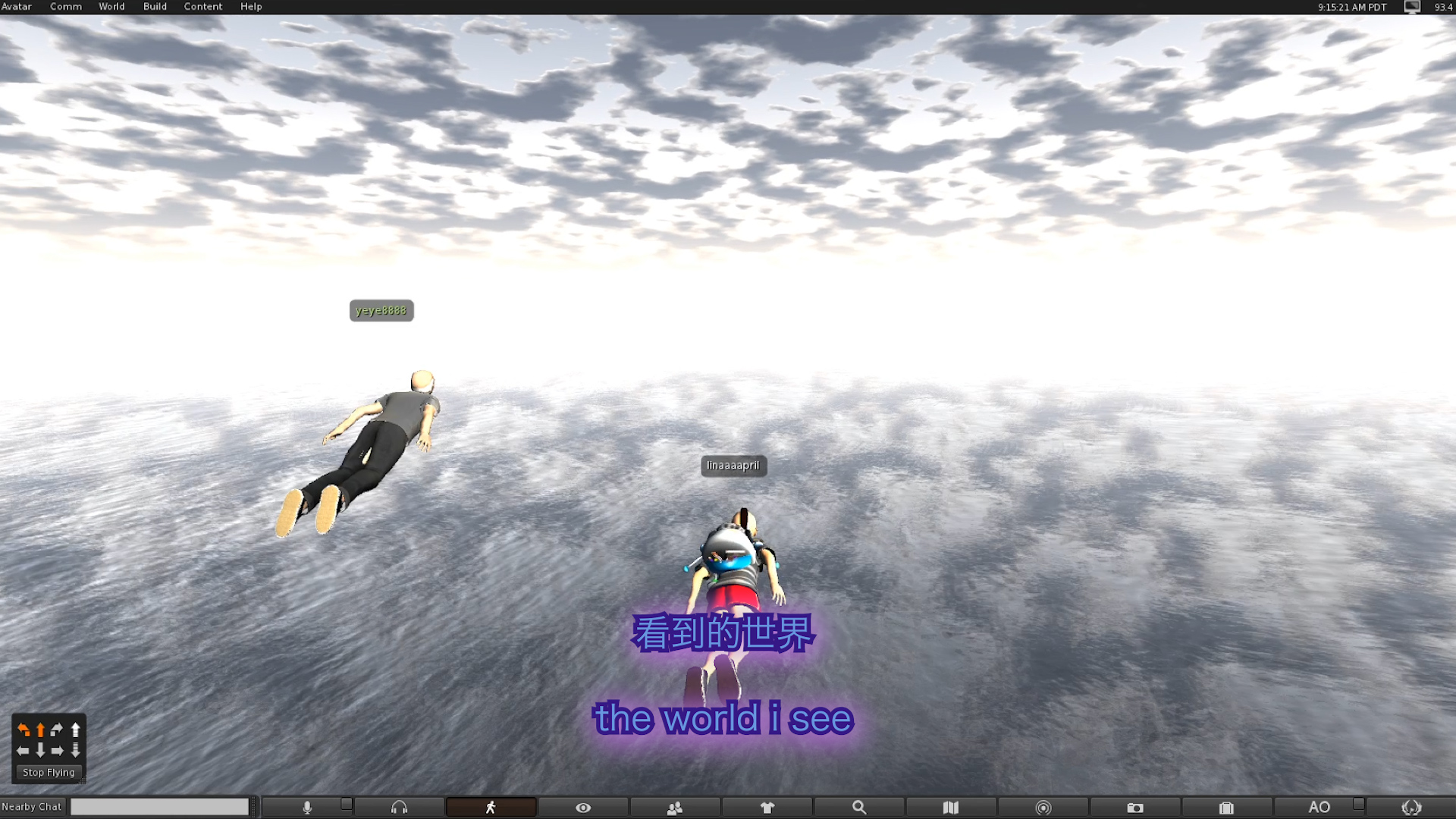
LAVADO DE MANOS / HAND WASHING, Paul Barrios, Colombia / 2020 / 05:02
Paul Barrios’ ‘Lavado de Manos/Hand Washing’ (Columbia, 2020) takes this routine familiarity of the act of handwashing and elevates it to the symbolic in which washing one’s hands is not only for the purpose of personal hygiene but is associated with eliminating one’s own guilt and in some cases passing that guilt onto a third party.
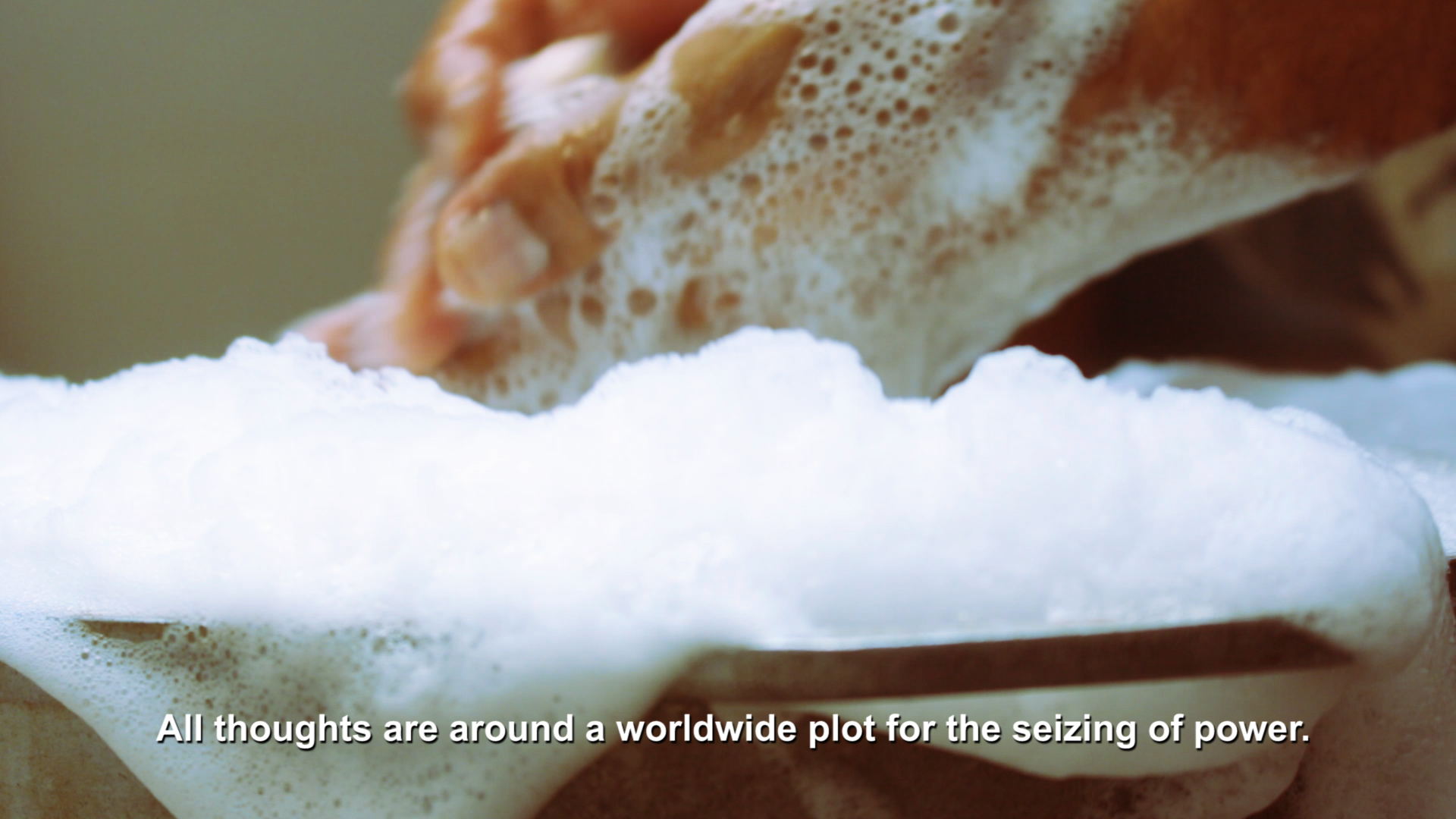
THE COOLEST DIGEST OF LOCKED EDITING, Silvia Marcantoni Taddei, Italy / 2021 / 06:00
Life in lockdown is assessed in the repetitive diary-style film ‘The Coolest Digest of Locked Editing’ (Italy, 2021) by Silvia Marcantoni Taddei in which a real-time digest of editing to portray again the private/performative behaviours of working in isolation.
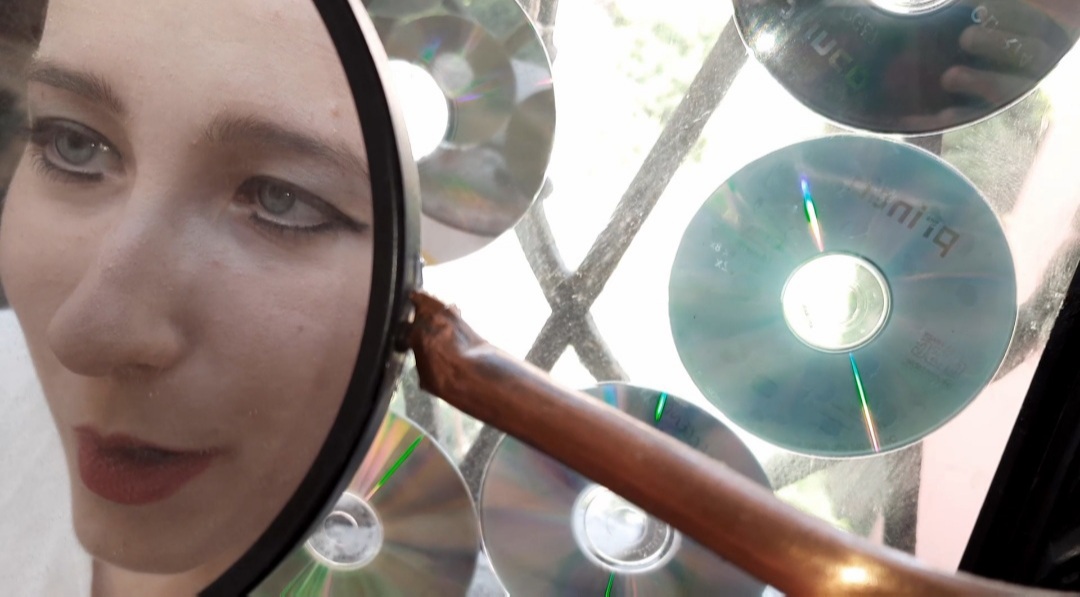
SILENCE THE GUN, Michael Hailu, Ethiopia / 2021 / 03:00
The body becomes a site of ritual and mourning in ‘Silence the Gun’ (Ethiopia, 2021) by Michael Hailu in which figures lie on the ground shrouded in white fabric, while others scrub their hands but to no avail; the bodies ask for a source for the motivation for violence, if war can be justified, and if the instinct for violence is natural or through social conditioning.
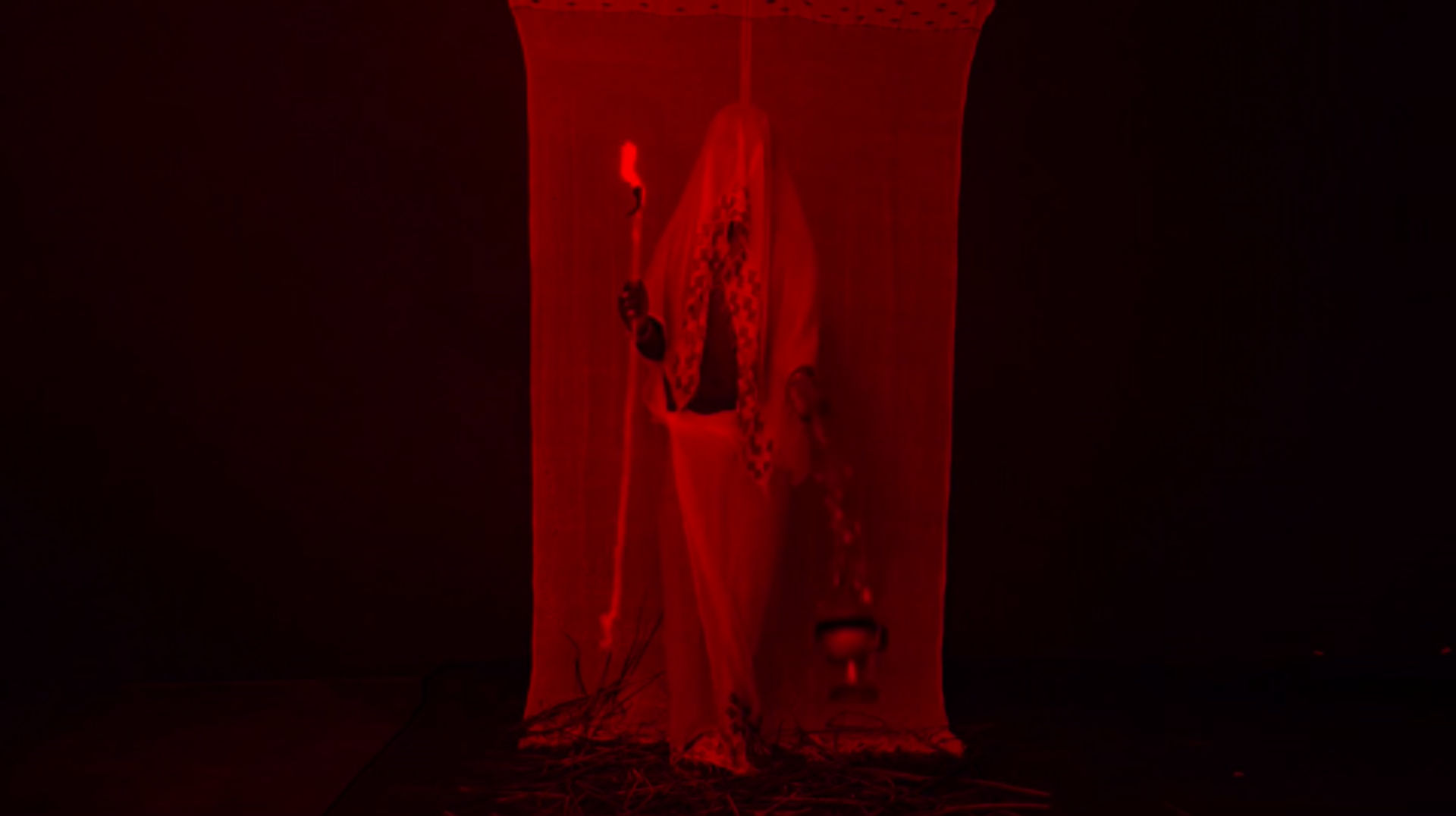
TOO BIG DRAWING, Genadzi Buto, Russia / 2021 / 05:13
A mapped outline of the ‘real world’ is redrawn in a way that defies bordersas the pencil continues to trace on and off the page.
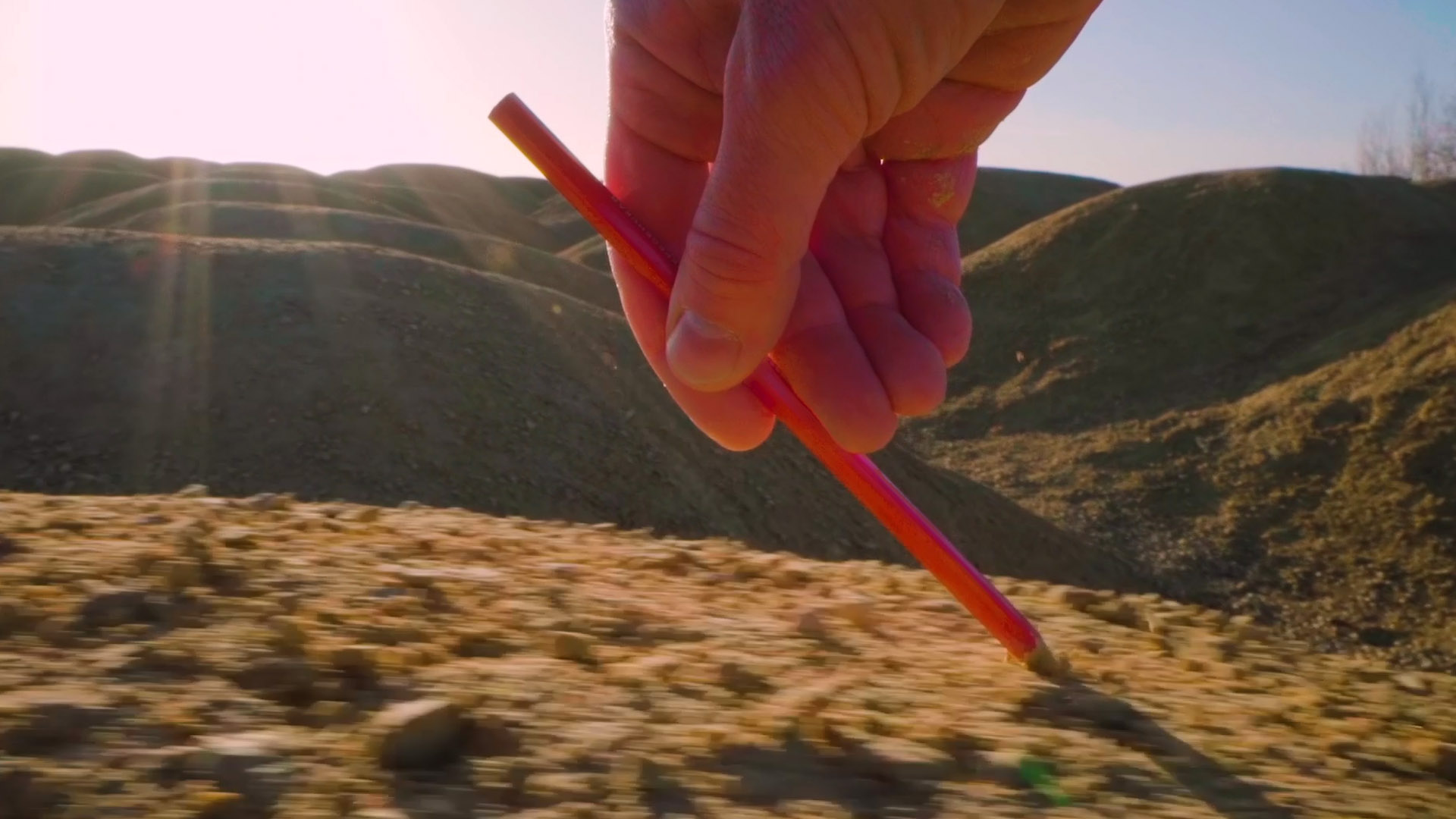
THE SHARKS ARE COMING, Stathis Roukas, Germany / 2021 / 01:41
A poetic narrative accounts for post-human physical and emotional isolation and asks if what we imagine about the future has been manipulated by our lack of tangible interaction especially in the days of the pandemic.
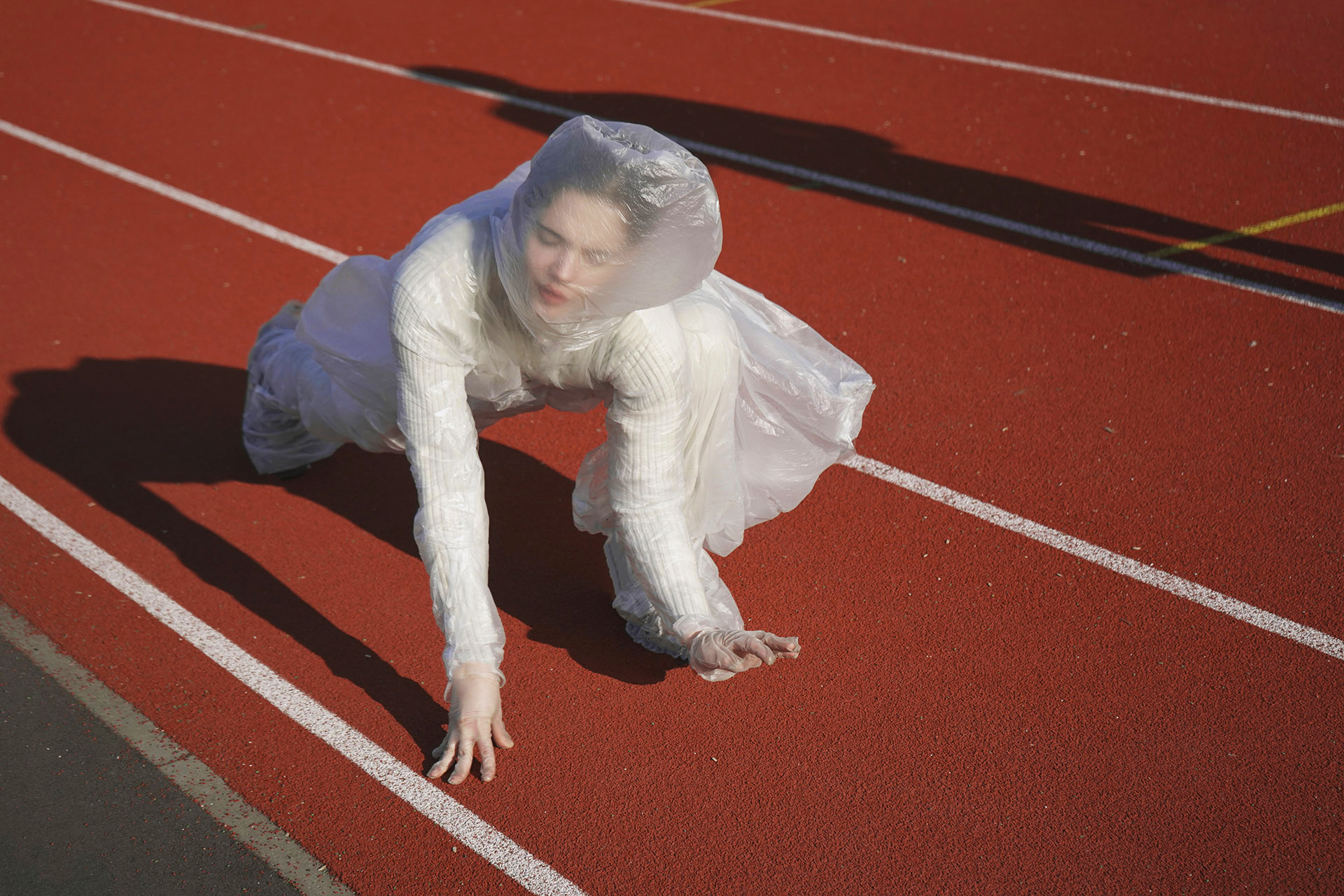
ASTRONAUT/2X2M, Milica Denkovic, Serbia / 2021 / 01:47
The video poem described as a ‘long slam poem divided into two gifs’ is arranged in 40 squares to represent the 40 days of quarantine required by 14th-century ships arriving in Venice from infected ports while the 2×2 meter square refers to the recommended physical distance of public life as a measure of protection against Covid-19. The visual poem and its numerical symbolism goes beyond language to reflect on both the outer experience of the pandemic and its effect on our inner landscapes, difficult to put into words, and misleading in its illusion of an isolating experience when it is in reality, so universal.
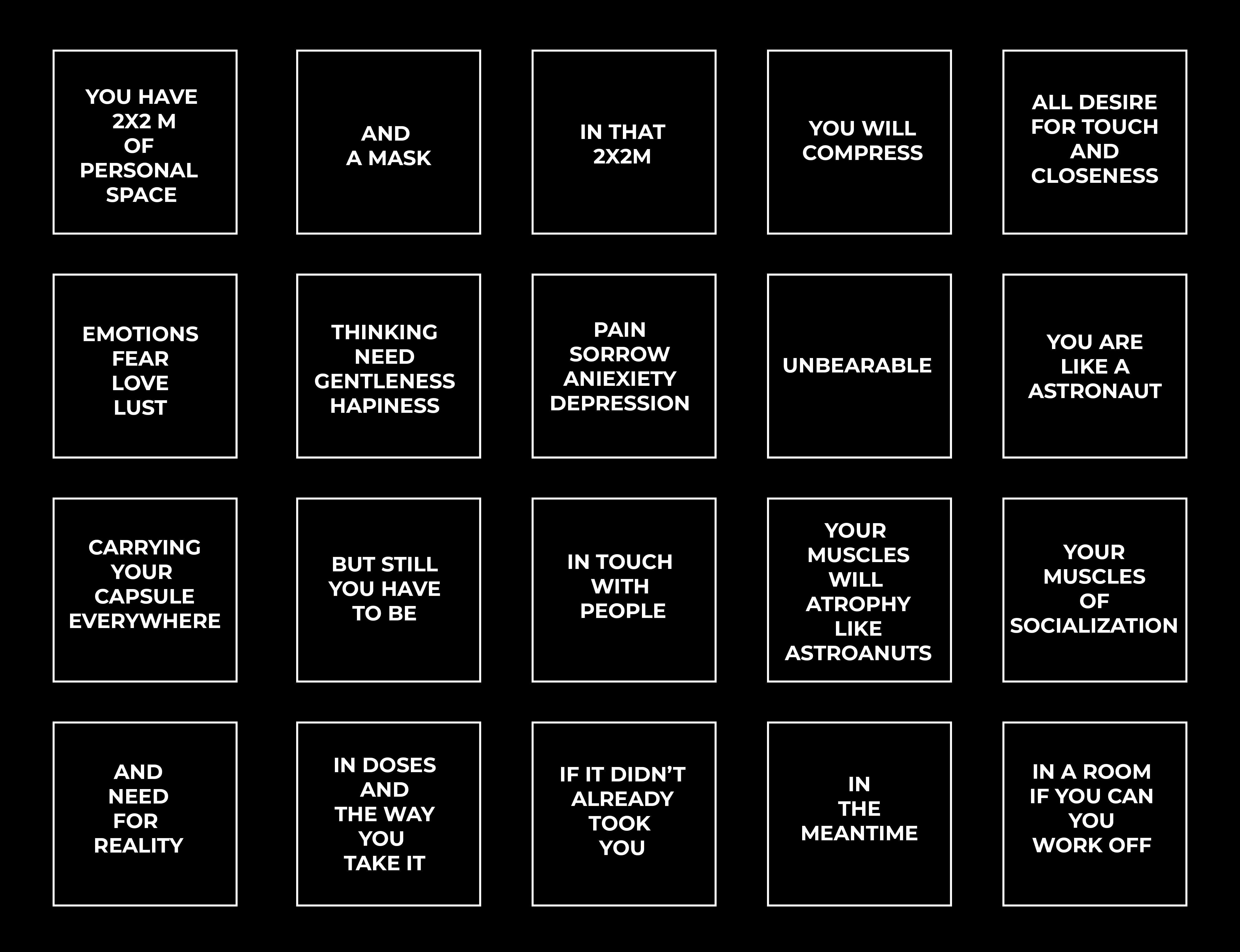
O.C.D. NEED SANITIZER, Suhasini Seelin, India / 2020/21 / 10:06
The new daily routines are seen as a process that allows people to come together safely in Suhasini Seelin’s ‘O.C.D. Need Sanitizer’ (India, 2020/2021) which also explores how to negotiate touch and close human contact in these new circumstances.
MAP FOR A REMEMBERED FUTURE, Lucio Gorzalczany, Kelsey Stephenson & Claudia Roselli, Argentina, Canada, Italy / 2021 / 02:27
The ability of the routines and restrictions of daily life to allow time and space for imagining new and future landscapes of coming together are represented continuously in the works; the collapse of certain systems demanded a revisitation of memories, real and imagined and finding a way to build a new territory for common experience.
KOYUKUK, Rachel Lin Weaver, U.S.A. / 2021 / 08:06
Rachel Lin Weaver’s ‘Koyukuk’ (U.S.A., 2021) is a meditation on mixed Indigenous identity, spirit worlds, death, language loss, and animals combining footage from river ecology surveys in the Alaska Native village of Gitr’ingithchaggis combined with interviews of elders in an attempt to find understanding after lifetimes of misunderstanding. Because the indiginous language of the village, the Deg Xinag language, was mostly eradicated by racist government policies, children were punished for speaking the language creating a communication gap between the generations that followed. The underwater camera recording of bodies of fish swimming in the river currents brings an audiovisual harmony between the events of the past and the present.
TIME TO DREAM, Marianna Varviani, U.S.A. / 2021 / 10:04
The evocation of resolution found through dance and liberation within the body in the midst of oppressive forces is seen in the dance films of Marianna Varviani’s ‘Time to Dream’ (U.S.A., 2021) in which an exploration of the group dynamics of dance addresses the social injustices of a flawed system as a way to re-evaluate and reshape togetherness.
ANXIETY DIARY, Tewodros Kifle, Ethiopia / 2021 / 03:00
Responding to working in isolation is Tewedros Kifle’s ‘Anxiety Diary’ (Ethiopia, 2021), a video diary that presents the multitasking produced by the nervousness and confusion brought on by the pandemic.
THE CITY BRIDGES ARE OPEN AGAIN, Masha Godovannaya, Russia/ Mexico/ Austria / 2020 / 08:09
The montage appears as a narrative fitting for the kinds of new relationships with our lived and mediated realities in ‘The City Bridges Are Open Again’ (Russia/Mexico/Austria, 2020) by Masha Godovannaya in which several films by Russian avant-garde filmmaker Sergei Eisenstein conceived as a visual story of a utopian revolution-about-to-happen, evoking ghosts, deities, and spirits of the past revolts and inviting them to join the struggle.
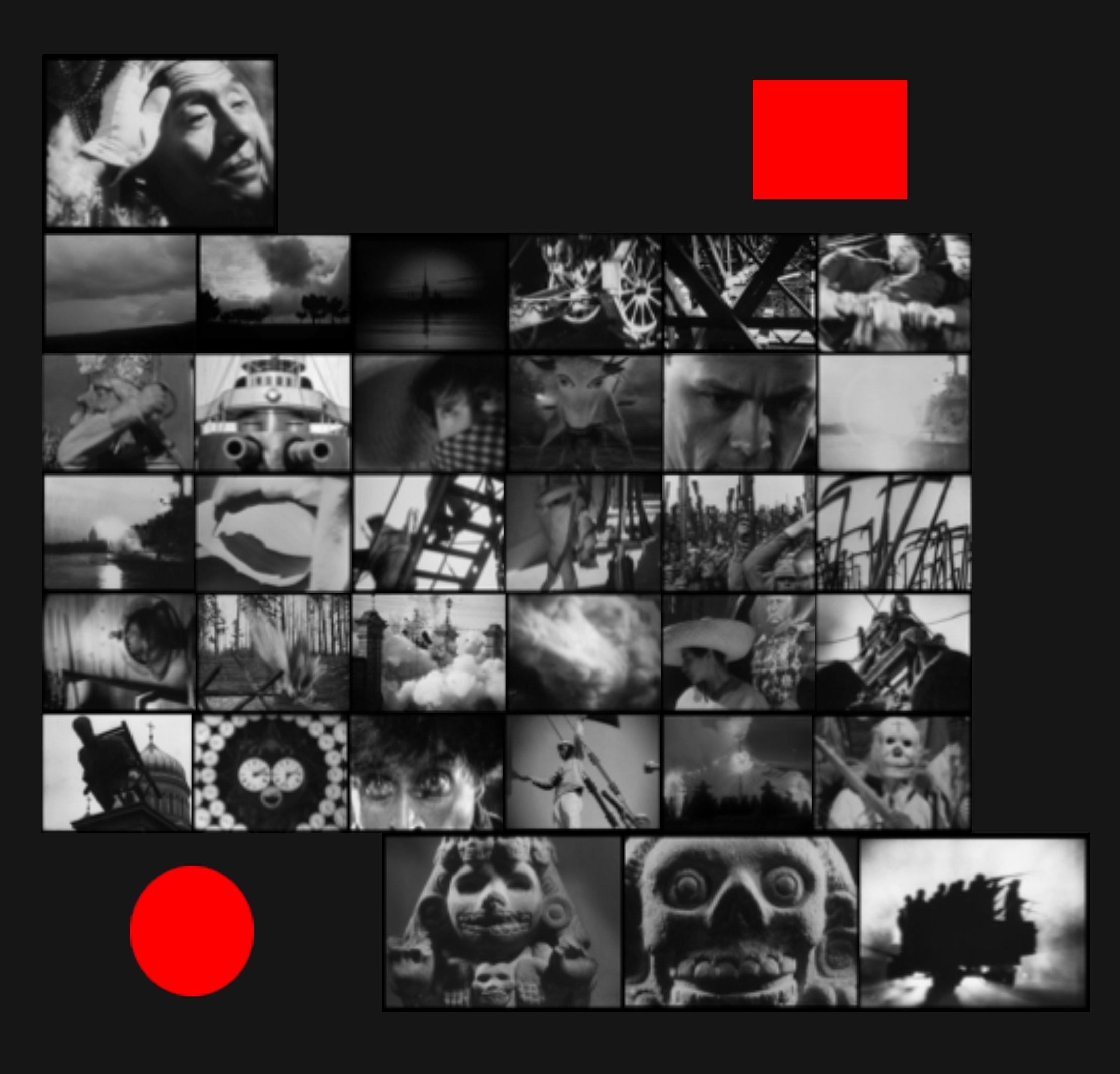
DIKENGA, Maria-Gracia Latedjou & Mwana Pwo, Angola / 2021 / 05:55
The body becomes a site of ritual towards self-discovery in the dance film ‘Dikenga’ (Angola, 2021) of Maria-Gracia Latedjou and Mwana Pwo.
EVERY RUPTURE, Sasha Litvintseva, U.K. / 2020 / 05:55
Sasha Litvintseva’s ‘Every Rupture’ (U.K., 2020) moves between the three ecologies of a cruise ship during the Brexit referendum, a colony of birds that are unwittingly killing the forest they call home, and the world in a pandemic. In moving between these worlds, the film questions the meanings of images after rupture. In the space offered by these questions, the film allows space for mourning.
